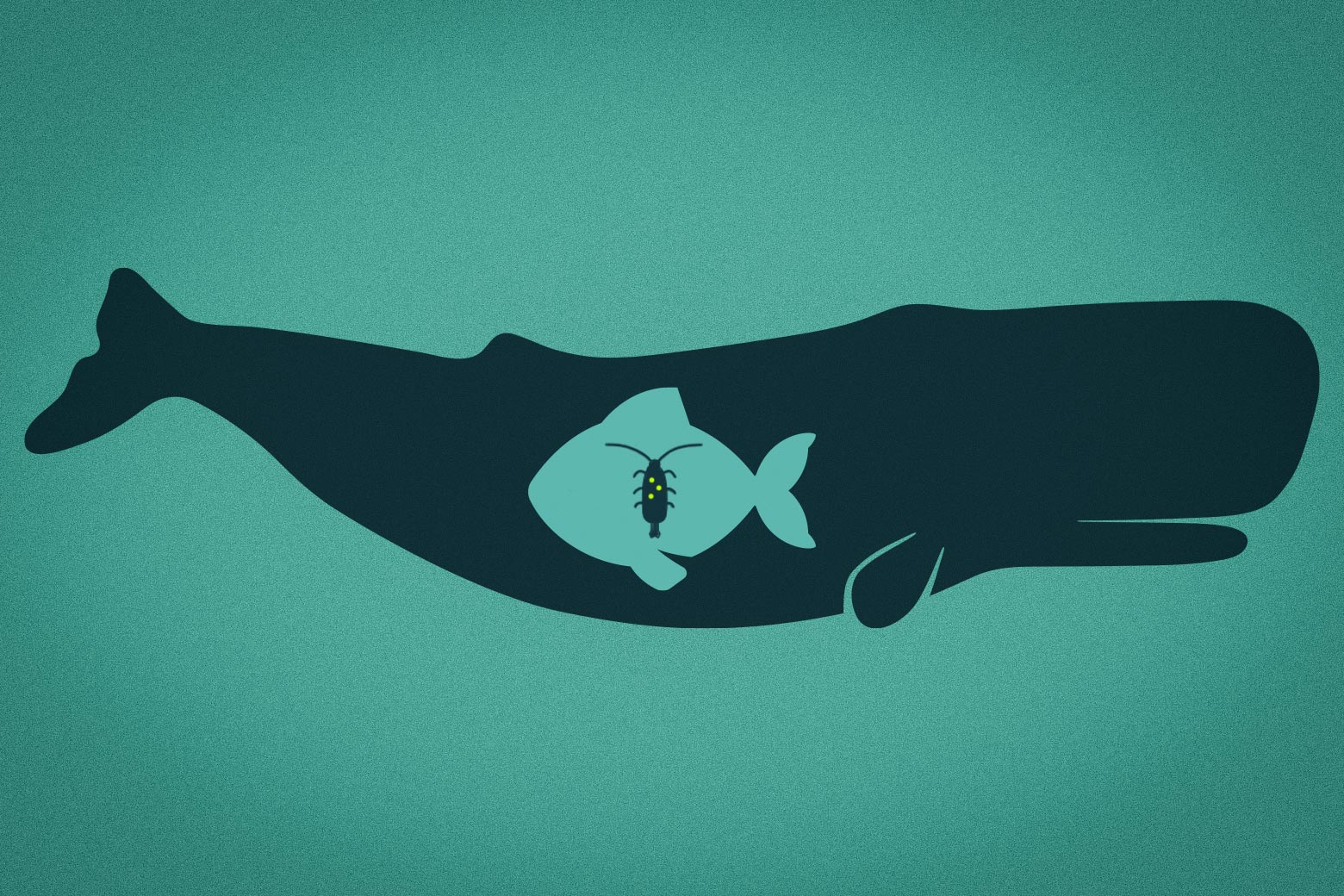
Richard Kirby, a marine biologist based in Plymouth, England, was looking at zooplankton wriggling under a microscope when he spotted something else: shreds of plastic pieces interlaced with the tiny creatures.
This wasn’t unusual to Kirby. He’d collected the sample off the sea of Plymouth for the purpose of raising awareness about microplastic pollution in oceans. Examining plankton is routine for Kirby, and so is observing microplastics in his samples.
Plastic pollution in oceans has been increasing at an alarming rate over the years. According to the World Wildlife Fund, 88 percent of marine species have been affected by plastic contamination.
People are familiar with seabirds dying from eating cigarette lighters, or turtles suffocating as a result of mistaking plastic bags for jellyfish, but there is very little awareness about plastics that harm creatures at a smaller level, Kirby explains. Ingesting microplastic can even kill plankton that are crucial sources of food to other marine life, including fish. This is because plankton cannot get a sufficient amount of food into their guts if they’re already occupied by little shreds of plastic.
Plastic is almost ubiquitous in oceans, and can even be found in environments that used to be considered pristine, says Kirby. “You can even find plastics in plankton samples collected in Antarctica, for example.” Plastic shreds from clothing are a significant polluter at the micro level. Microplastic can also come from tires, road markings, and personal care products.
Plankton aren’t mistaking microplastics for food, exactly, says Bill Perry, an associate professor of biology at Illinois State University. They are filter-feeding , during which they extract small pieces of food and particles from the water. In doing so, they gather up microplastics, too.
The damage that microplastics cause is not just confined to microscopic marine organisms like plankton. In fact, it is more pronounced in species that are located higher in the food chain, explains Perry, and which eat smaller creatures that have themselves consumed microplastics. In 2020, Perry conducted a study that examined the presence of microplastics in two different fish species in drinking water reservoirs that belonged to McLean County in Illinois. Perry’s research group collected 96 fish, and they detected microplastics in all of them. “The fish seemed to be swimming in essentially a soup of microplastics in the reservoirs,” he says.
Eating microplastics, as you might imagine, is not very good for marine animals. Fishes can face problems with growth and reproduction, says Grace Saba, an associate professor who also researches organismal ecology at Rutgers University. Their guts start to have more and more plastic and less food, and they don’t have enough energy to put toward growth and reproduction like they would if they weren’t eating microplastics.
The microplastic problem is only going to get worse: A report by the International Atomic Energy Agency projects that the amount of microplastics in the eastern tropical Pacific Ocean will rise by 3.9 times in 2030 as compared to the microplastics level in 2008 in the region.
Once microplastics enter the ocean’s food chain, it’s hard for them to leave. Individual animals may excrete microplastics, but “the thing about poop in the ocean is that it serves as a food source for marine animals, including plankton and filter feeders,” Saba explains. In this way, microplastics get continuously recycled. Marine scientists in the future will probably be spotting microplastics in their samples, too.
